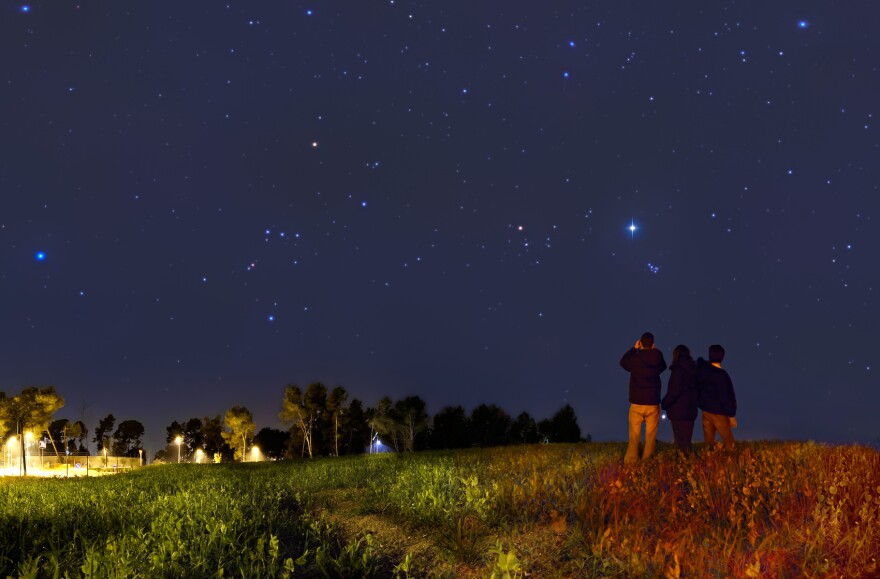Despite the winter-like conditions to the west of us, we know that warmer weather is on its way. And with warmer weather comes a new spring sky to gaze at.
Astronomy contributor Jean Creighton notes that the Big Dipper and Cassiopeia are circumpolar, or visible in our latitude year round, but will change positions to be closer to the horizon.
If you want one last look at the Orion constellation, it will still be visible for a short period before setting in the west to end its reign as a winter constellation. However, Creighton advises to use Orion as a directional reference to point you toward other constellations such as Taurus and Pleiades, or the famous Seven Sisters.
Leo and Jupiter will also be visible in the spring, but if you are ever confused as to which light is a planet and which is a star, Creighton recommends simply keeping a steady eye.
"First of all, Google it and it'll tell you where is the planet, so that you'll be able to confidently say that must be Jupiter. But the other thing to note is that stars twinkle, whereas planets have a nice steady light," she explains.
Individual stars are actually so far away that you only get one point of light, Creighton says, creating the twinkling illusion.
"Because our atmosphere has cold and warm patches, that light, the image of it, bunches around," she says. "And if our eyes could take pictures a few thousand times a second, you would be able to see the little dots jumping around. But our eyes blur that all together and that's why they look like they're doing that little twinkle."








